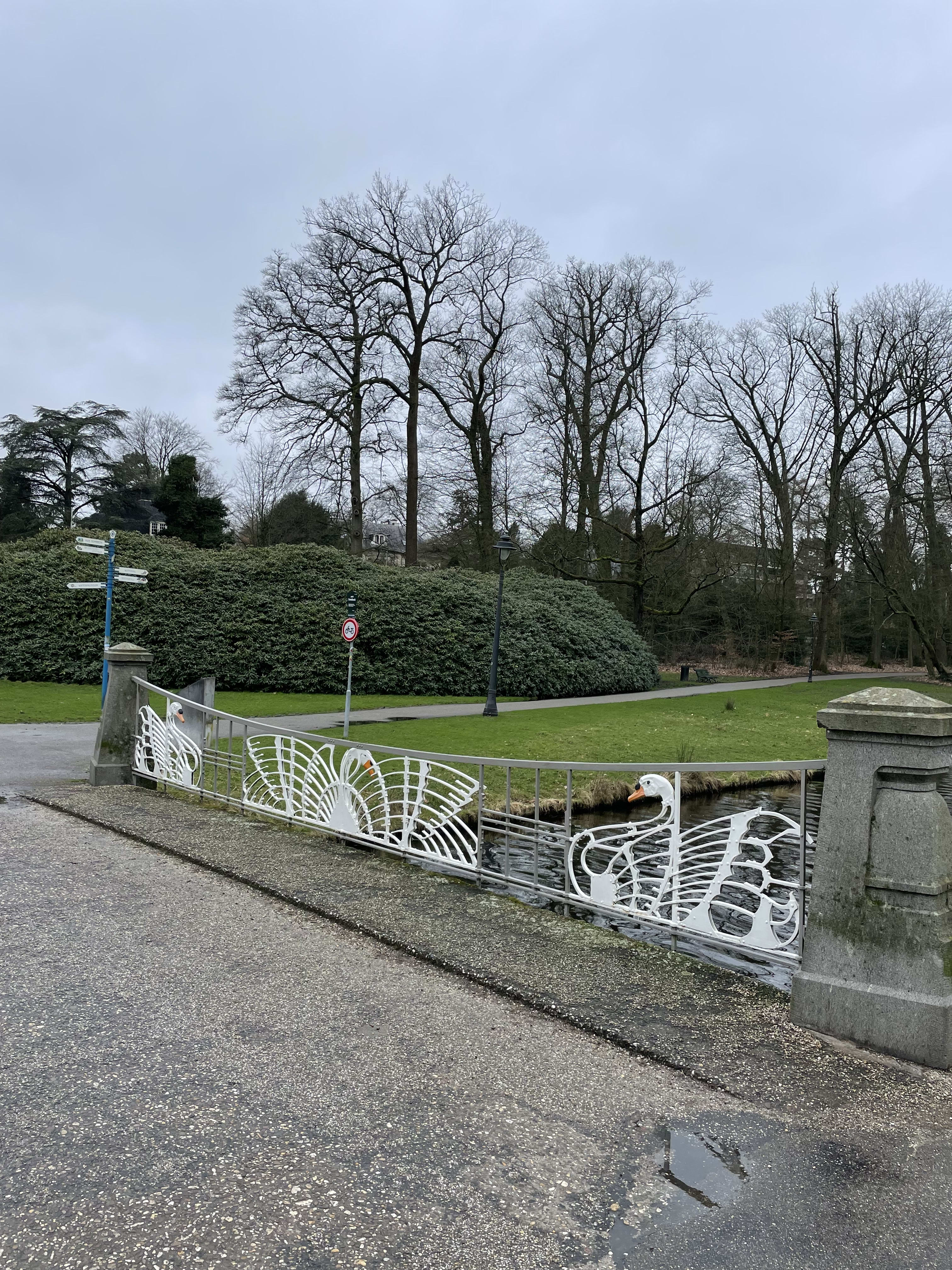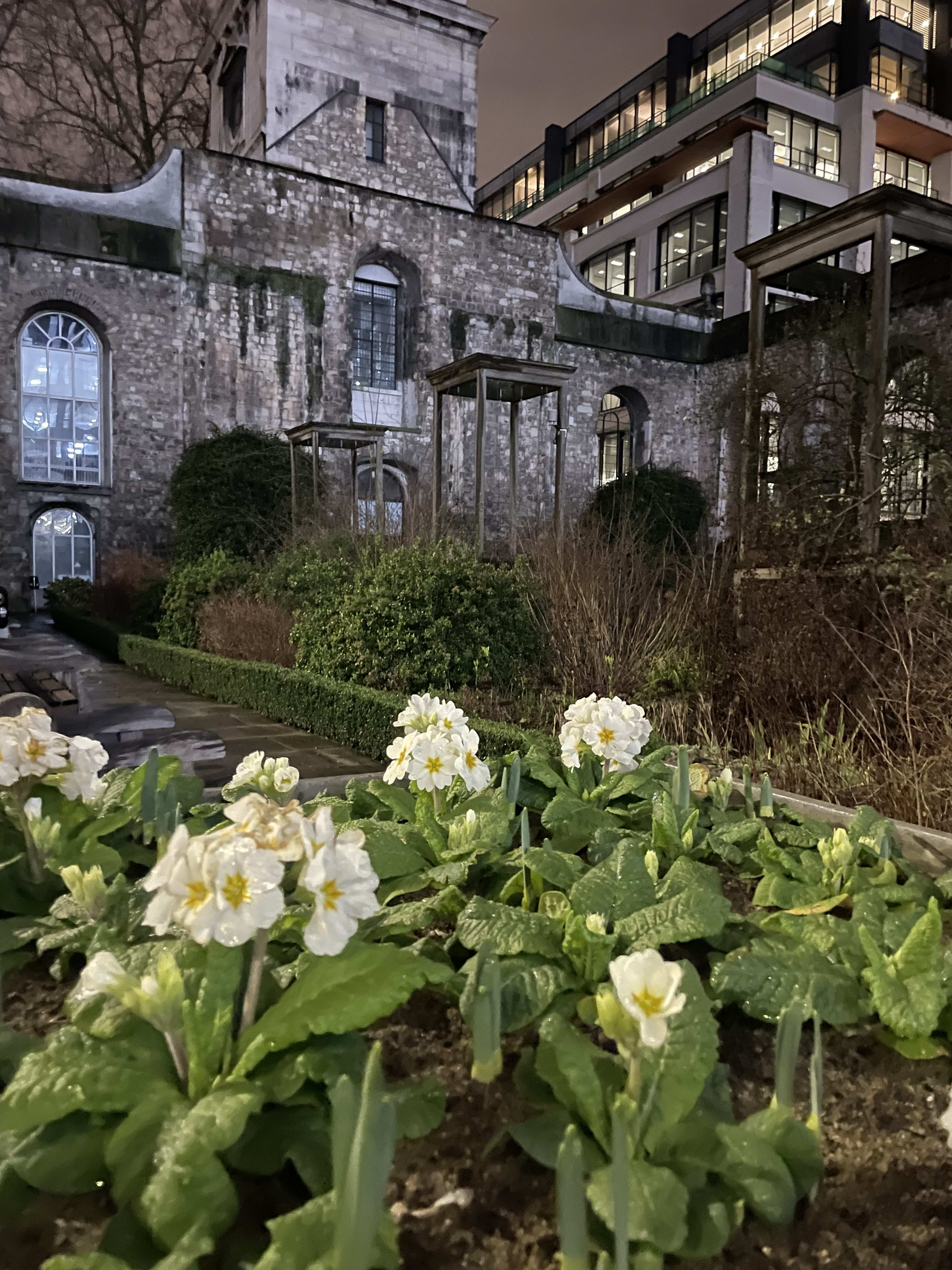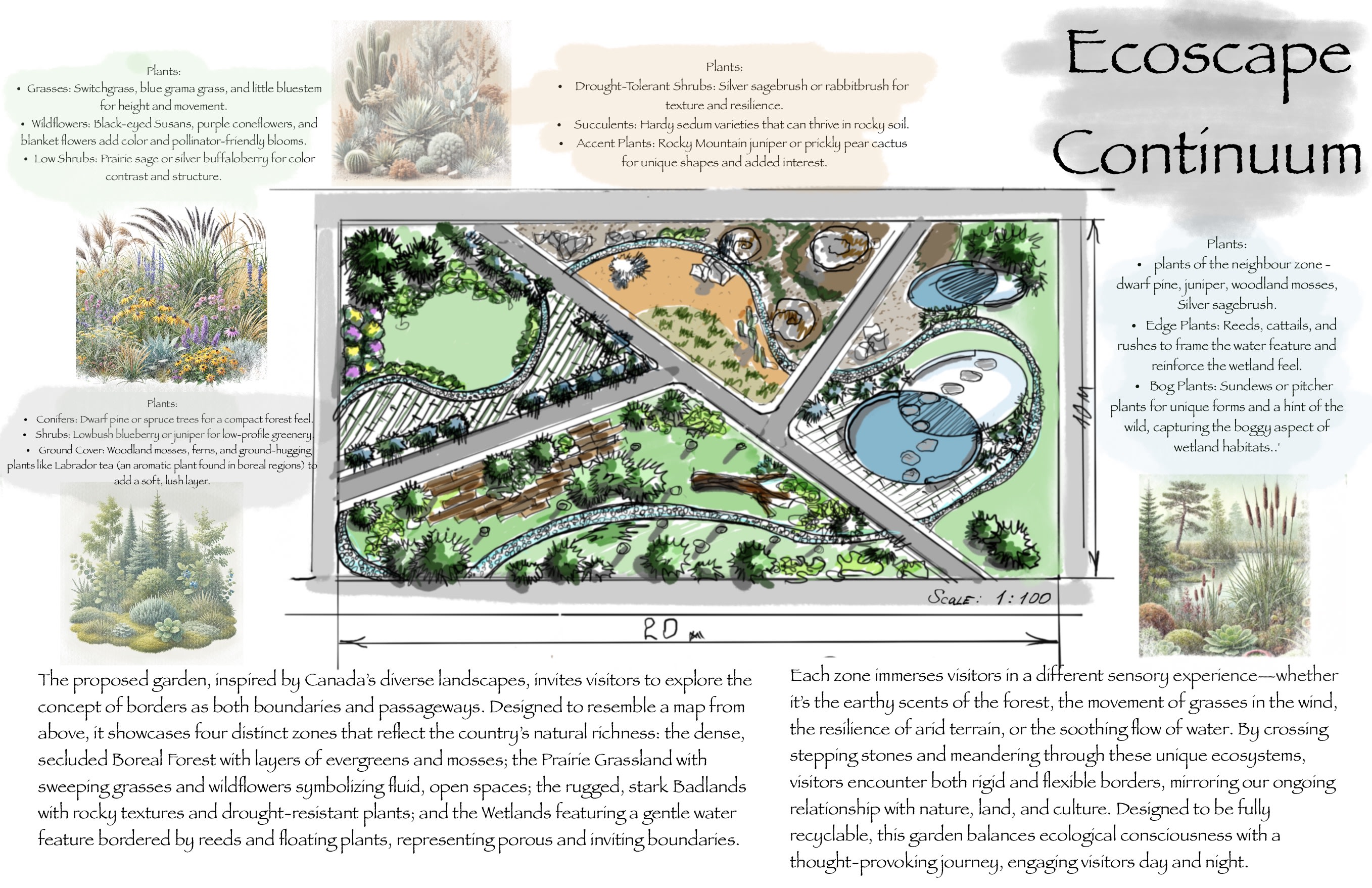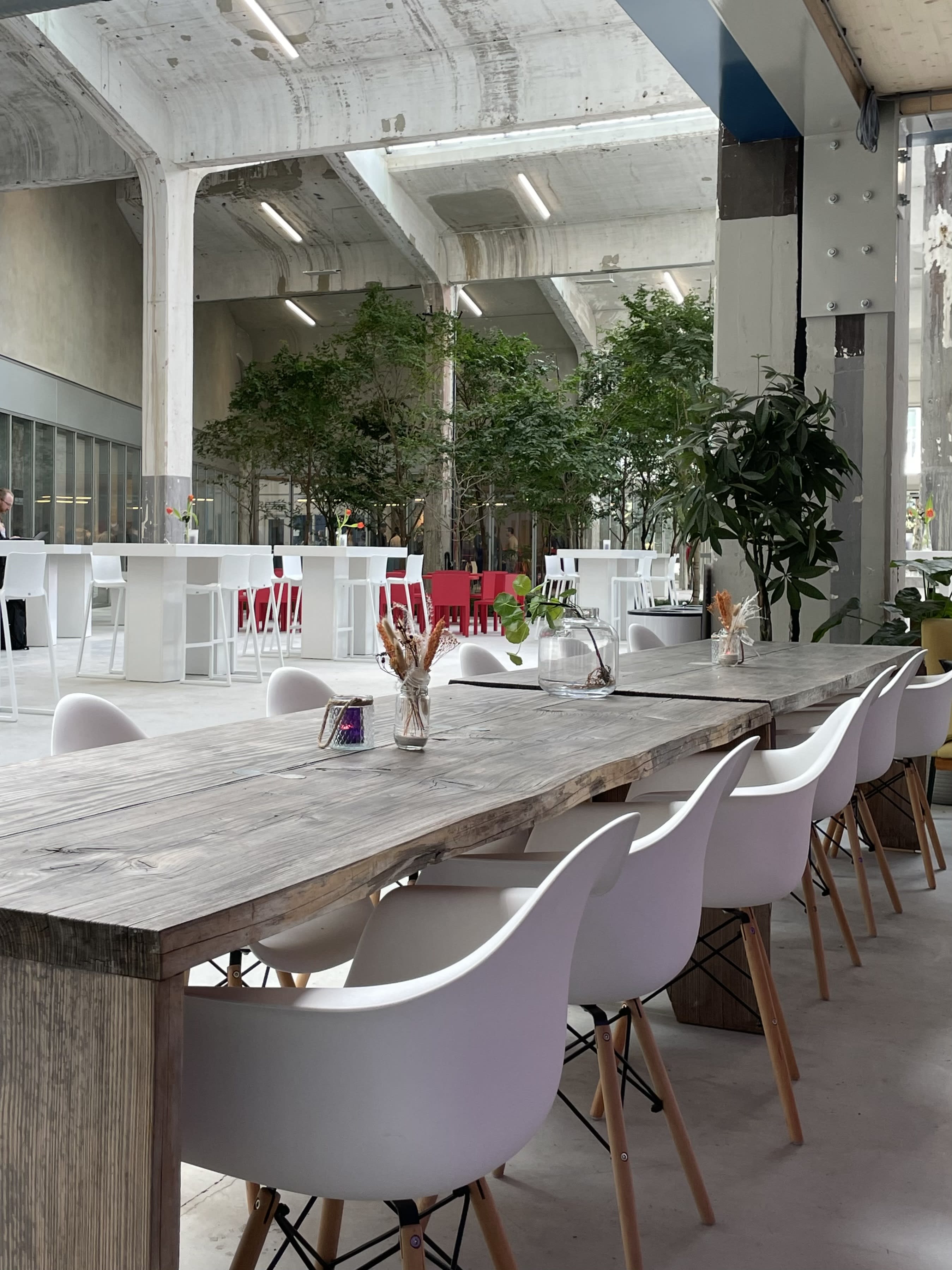We often think of parks and gardens as beautiful additions to a city or home, but research increasingly shows that green spaces play a much deeper role in human health. A recent study published in The Lancet Planetary Health highlights how access to greenery directly influences mental well-being, cognitive health, and even crime rates.
Why Green Spaces Matter
Living near a park or having access to natural areas isn’t just a luxury—it’s a necessity for long-term health. Studies have shown that people who live closer to green spaces experience:
• Lower stress levels
• Reduced risk of anxiety and depression
• Better cognitive function and memory retention
• Stronger community connections
• Lower crime rates in their neighborhoods
In contrast, those in areas with limited greenery are more likely to experience higher stress, social isolation, and even an increased risk of dementia.

Greenery and Cognitive Health
One of the most striking findings of the study is how green spaces affect brain health. Researchers found that doubling the distance to the nearest park can accelerate cognitive decline, making the brain age up to 2.5 years faster. This suggests that having green areas close to home—whether in the form of a backyard garden, a small park, or even tree-lined streets—can play a crucial role in maintaining mental sharpness as we age.
The Link Between Green Spaces and Crime Rates
Beyond mental health, greenery also has an unexpected impact on crime rates. Neighborhoods with more accessible green areas tend to have lower crime levels. Parks and well-maintained public spaces encourage social interaction, increase physical activity, and create a sense of community—all of which contribute to a safer environment. In contrast, areas with little to no green space can foster isolation and disengagement, factors that can indirectly contribute to higher crime.
More Small Green Spaces Are Better Than One Large One
Interestingly, the study found that having multiple small parks nearby is more beneficial than one large park further away. This means that integrating green spaces within everyday life—like pocket parks, community gardens, and plant-filled courtyards—can be even more effective in promoting well-being than relying on a single large recreational area.
Rethinking the Role of Green Spaces
The impact of nature on mental health and community well-being cannot be overstated. Green spaces are not just about aesthetics—they are vital for physical and psychological health, social cohesion, and even urban safety. As cities grow and landscapes evolve, prioritizing accessible, well-designed green environments is essential for a healthier, happier society.
By understanding the deep connection between green spaces and well-being, we can start to rethink how we design our surroundings—not just for beauty, but for a better quality of life.




